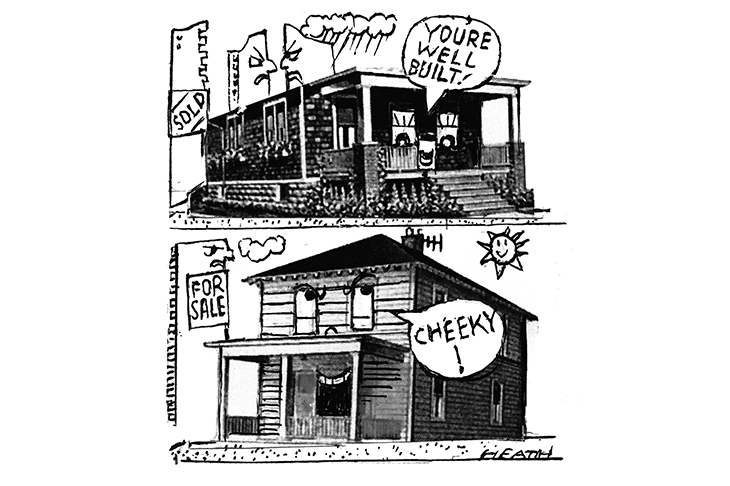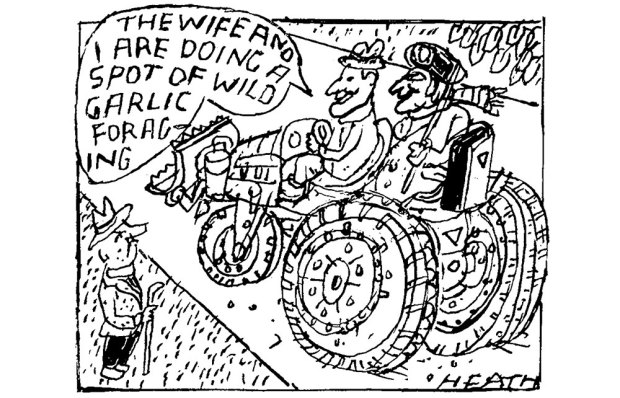Last weekend, for the 54th time, hundreds of competitors met to compete for the title of world conker champion in the village of Southwick in Northamptonshire. King Conker was there to oversee the proceedings. Jasmine Tetley beat the men’s champion Ady Hurrell in the Grand Final to retain the title she won in 2019.
There are several different versions of the game of conkers, but essentially it involves ‘smashing’ your opponent’s nut before they break yours. At the world championships, competitors have to draw a conker blind from a bag for each match, and then have three swings at their adversary’s conker, before receiving three. This repeats for up to five minutes when, if neither conker is broken, there is a penalty shoot-out — three lots of three swings each, with the most hits winning the contest. There are some other technical rules, such as the leather lace needing to be ‘eight inches from knuckle to nut’ on strike. The ‘Oundle chop’ or the ‘Southwick sideswipe’ are two popular techniques.
No one quite knows where or how the game of conkers started. It is traditional in the UK, but it’s not ancient, because horse chestnut trees were only introduced to this country in the 17th century. The game is also popular abroad. The world championships have attracted entries over the years from around 40 or so countries. The French are big players, as are the Canadians and Germans. There is a fierce rivalry between countries and a local determination to keep the championship in English hands.
In the past few years, the world championships have held a ‘grand final’ in which the men’s world champion plays the women’s. Of the five finals, two have been won by the men’s champion, and three by the women’s.
Age is no barrier to entry. We have had a five-year-old play and a 100-year-old. In 2017, John Riley, a Chelsea Pensioner (and also the man who showed Melania Trump how to play bowls during her visit to the UK) became men’s world champion.
My family have played conkers for generations. My mother tells the story of her grandfather winning sixpence in a competition on his village green in the 1880s. ‘It was the most money he’d ever had,’ she says.
What makes a conker champion? Is it the luck of the draw (‘lucky nuts’), or the technique? My godfather, Charlie Bray, three times world champion, would say it was a bit of each, and that the best conker was one that had passed through a pig. His stories of how he achieved this feat were amusing, to say the least.
One of the joys of playing conkers (except in the world championships, where it is not allowed) is to give your conker an ‘advantage’. Baking a conker in an oven or soaking them in vinegar are well-known techniques, but how about using last year’s conkers, or scooping out the centre and filling the conker skin with resin?
The conkers look good this year. The wet and cool summer has been a bonus for trees. Many still have green leaves. After a few years in which horse chestnuts have been attacked by the leaf-mining moth — whose caterpillars eat the leaves from the inside, turning them brown very early — it’s good to see nature fighting back.
Got something to add? Join the discussion and comment below.
Get 10 issues for just $10
Subscribe to The Spectator Australia today for the next 10 magazine issues, plus full online access, for just $10.
You might disagree with half of it, but you’ll enjoy reading all of it. Try your first month for free, then just $2 a week for the remainder of your first year.














Comments
Don't miss out
Join the conversation with other Spectator Australia readers. Subscribe to leave a comment.
SUBSCRIBEAlready a subscriber? Log in